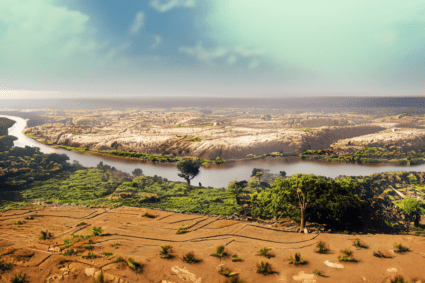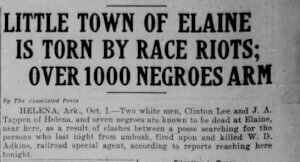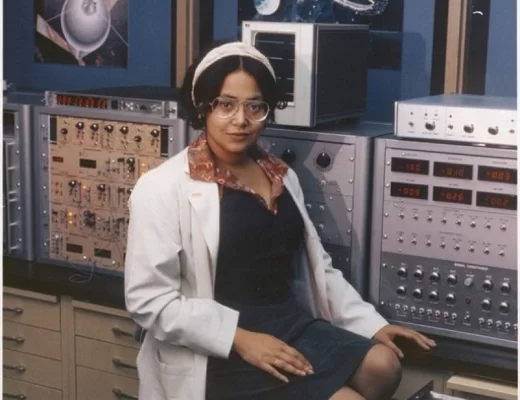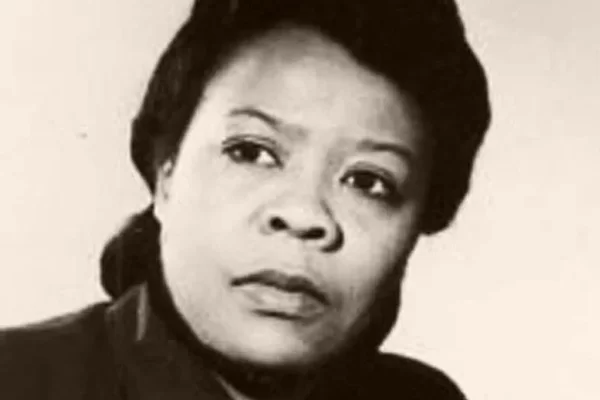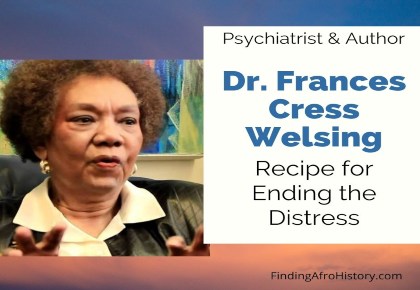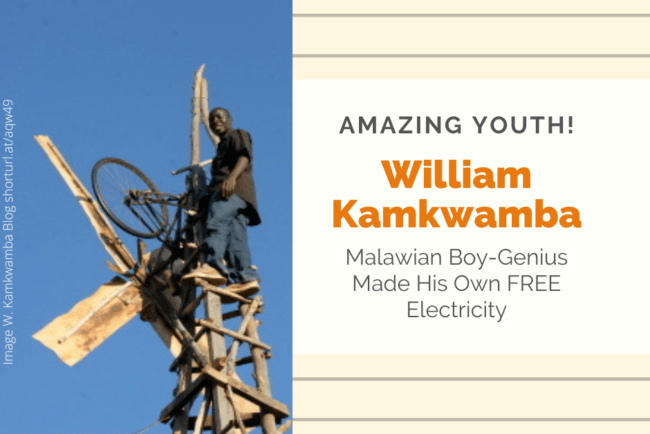Journey Through Recent Stories 🔎
Frances C. Welsing: Igniting the Awakening
Early Life and Education of Frances C. Welsing Born in Chicago, Illinois, on March 18, 1935, Frances C. Welsing earned a Liberal Arts degree from […]
African American History PeopleEarly Life and Education of Frances C. Welsing
Born in Chicago, Illinois, on March 18, 1935, Frances C. Welsing earned a Liberal Arts degree from Antioch College in 1957. In 1962, she received a medical degree from Howard University School of Medicine. From this point forward, her career blossomed in child psychiatry and mental health.
Pioneering Path: Dr. Welsing’s Crusade Against Racism
Dr. Frances Cress Welsing, a trailblazing African-American psychiatrist, dedicated her life to dismantling racism.
Recognizing the impact of racism on mental health in black communities, she emphasized the need to comprehend its origins and structures.
In 1990, Dr. Welsing reached a milestone with the publication of ‘The Isis Papers, The Keys to the Colors.’ This groundbreaking book, a culmination of her life’s work, is a dedicated effort to shed light on global racism’s impact on non-white individuals.
In a YouTube lecture titled ‘War On African Youth’, Dr. Frances C. Welsing illuminates the origins of white supremacy, urging families to seize control of their futures. Let’s explore the empowering message she conveyed and the legacy she left behind.
The Turning Point: ‘War on African Youth’
⏳The Mystical Gathering in Baltimore: A Time Capsule to 1990
Baltimore City, Maryland, in the year 1990, Dr. Welsing, a captivating figure, took the stage, and something extraordinary unfolded. The audience? African-American young men and boys embarking on a transformative journey.
Dr. Welsing, like a guide through uncharted realms, led her audience from vulnerability to empowerment. Picture the reconstruction of the inner man, a metamorphosis from collective distress to an awakening—resurrection.
In the shadows of racial complexities, Dr. Welsing asked parents to understand something big. White supremacy is not just a problem in one place; It was a global system affecting the vibrant, melanated youth. The realization dawned—racial attacks are more than physical harm. Black families must make it their life’s mission to produce high-quality quality developed children who will overcome the endangerment.
Dispelling myths became an art for Dr. Welsing. She wanted people to know they are not less. She revealed the secret to her audience — their genetic dominance.
Melanin, a magical life force, held the key. It wasn’t about being inferior, but about embracing the power within. Fertility, brain function, and speedy nerve messages—all gifts of melanin. And it is our responsibility to carefully nurture and protect the gift of melanin.
Imagine a world where questioning everything becomes a superpower. Dr. Welsing saw it. By activating a mental switch, minds transformed into fortresses of critical thinking and resilience against unseen attacks.
Frances C. Welsing, the storyteller of history, unveiled a tapestry where dark-raced heroes thrived. Past civilizations and contemporary cultures—dark-raced people stood as pillars everywhere. Imagine being part of a big story that lives on through time and space. ⏳

🌹The Legacy: A Symphony Beyond Time
Fast forward to 2016. January 2nd. Dr. Frances C. Welsing died at age 81, leaving behind a symphony that echoes through the corridors of time. A lecturer, educator, author, and practitioner—her impact resonates, an indelible mark on the canvas of generations.
🗣The Call to Action: A Resurrection of Minds
A visionary’s departure is not the end. Dr. Welsing’s call to action is loud. A collective mass resurrection beckons—minds can rise together—a powerful, collective resurrection.
🫵🏾Unlocking Your Power: Remembering the Visionary
As we explore Dr. Welsing’s enduring legacy, we unlock the doors to our own power. A visionary remembered a journey begun. Using her recipe for ending the distress. —prepare to soar into the realms of a MASS RESURRECTION⏰.
Watch Full Video: Frances C. Wesling’s War Against African Youth: https://youtu.be/GwFpPy3Ferg
Discover More:
https://www.npr.org/sections/thetwo-way/2016/01/02/461765446/activists-mourn-race-theorist-dr-frances-cress-welsing
Images https://hbcupulse.com/2018/01/16/dr-frances-cress-welsing-other-celebrities-you-didnt-know-are-zetas/
Image 2 https://appealinc.wildapricot.org/widget/event-2258949
William Kamkwamba
Journey to Designing an Electricity-Producing Windmill William Kamkwamba, the boy who harnessed the wind–against many odds, pursued something greater than himself. I wanted to know […]
People Global African HistoryJourney to Designing an Electricity-Producing Windmill
William Kamkwamba, the boy who harnessed the wind–against many odds, pursued something greater than himself.
I wanted to know more about William, grabbing my Chromebook, I googled him. Still not completely satisfied, I bought and read his autobiography.
What I learned was interesting. William’s thirst for knowledge and goal-oriented personality did not appear overnight or because of a famine.
William was the product of family members who through their own successes laid the foundation that would lead to young William plowing through adversity and believing in himself despite what others may have thought.
Let’s take a closer look into William Kamkwamba, The Malawian Boy Who Harnessed The Wind
William Kamkwamba’s Family
William was born on August 5, 1987, to his parents Tyrell and Agness Kamkwamba.
He lived with his parents and six sisters in a small farming village located inside Malawi, Africa called Masitala in the Wimbe District.
In William’s community, his father, a strong provider, and protector of his family was known as a talented trader and skillful businessman.
William’s grandfather was well-respected in Wimbe District as the greatest hunter, and his uncle owned sixty acres of land and was a successful businessman in tobacco, maize farming, and construction.
William the Aspiring Entrepreneur
There was no electricity in William’s village. Small handheld radios powered by batteries connected the community to the rest of the world.
By age 13, William and his cousin Geoffrey started experimenting with how things worked. Learning by trial and error the boys practiced taking apart small electronics and reassembling them.
Referred to as Little Scientists, it didn’t take long for the boys to own and operate their own small successful radio repair business.
Yet, without electricity, the boys had to stop working by 7 pm, which frustrated William.
William’s Community Devastated by Famine
It was in 2001 at the age of 14 when hunger, starvation, and death spread across William’s Kamkwamba’s village. Malawi’s weather pattern was a vicious cycle of either too much rain or not enough rain.
The heavy rains and floods destroyed crops and wrecked homes, many families became homeless or starved to death.
William’s parents could barely feed the family. Hunger was real. The reality of famine had set in. William’s dad would skip meals just to make sure his family survived.
Even though William was surrounded by harsh conditions, the most heartbreaking moment for William was when he had to drop out of school because his parents could not afford to pay his tuition.
William Kamkwamba Takes Ownership of His Learning
No longer allowed to attend school William took ownership of his learning.
There was no tutor, learning pods, or internet to support his learning. There was no one to pay for his education.
When not helping his parents, he spent time educating himself.
One day while at the library he picked up a copy of The Malawi Junior Integrated Science book. Little did he know, his hands-on approach to learning was about to explode like fireworks!
Other textbooks, Explaining Physics and Using Energy assisted in his determination to harness the wind and Generate His Own Electricity.
If William could build his very own wind turbine, then he would have LIGHTS!
William Builds His (Prototype) Wind Turbine
Neither drought, flood, famine, dropping out of school, nor poor English skills would stop his pursuit toward greatness.
The Librarian helped him define key electrical terms. He then taught himself the theory of electricity and the flow of current.
Looking at images found inside books, he masterfully studied and interpreted diagrams and illustrations of the windmill he was going to build.
But, first, he would start by building a prototype–a small model of his larger design. With help from his cousin Geoffrey it was a success! The model generated enough current to power Geoffrey’s small radio.
Constructing His (Big One) Wind Turbine
To build the superpower of his house, a sixteen-foot tall Wind Turbine he had to make his own tools: a screwdriver and drill.
William spent a lot of time in the junkyard collecting old mechanical parts. His mother was upset with all the stuff he was storing in his bedroom. There were mixed reactions from people within his community. They could see he was scavenging for parts, but parts for what.
Some cheered him on, and others called him a crazy lazy boy who had nothing better to do than hang out in the junkyard.
Wind Turbine materials included:
- Ripped out PVC piping from a shower stall
- Tractor Fan
- Bamboo Stalks
- Tire Rubber
- Bicycle frame
- A Dynamo
- Wires
- Shock Absorber
- Rope
Fortunately for William, his friend Gilbert was helpful in securing major parts.
With everything assembled and with help from his cousin and friend they lifted the machine into the air and secured it to the ground. As the wind increased the boys nervously kept their eyes on the blades, within minutes the BLADES STARTED SPINNING.
William Kamkwamba, the boy from a small African village in Malawi with limited resources was not MISALA! At the age of 14, he made power!
His initial dream of staying up past 7 pm was within reach. He had LIGHTS! Later, William would expand his electrical needs by building a circuit breaker, installing electrical outlets, and irrigating his family’s crops.
Learn More
William https://williamkamkwamba.typepad.com/ is a 21st century African Inventor and Engineer, graduate of Dartmouth College, and co-author of his autobiography ‘The Boy Who Harnessed the Wind.”
This book is also available as a read-aloud for children. Additionally, https://movingwindmills.org/Kamkwamba has been featured in The Malawi Daily, The Wall Street Journal, and TED Global.
“The Boy Who Harnessed the Wind” check out https://youtu.be/arD374MFk4w or watch his story with the family on Netflix.

